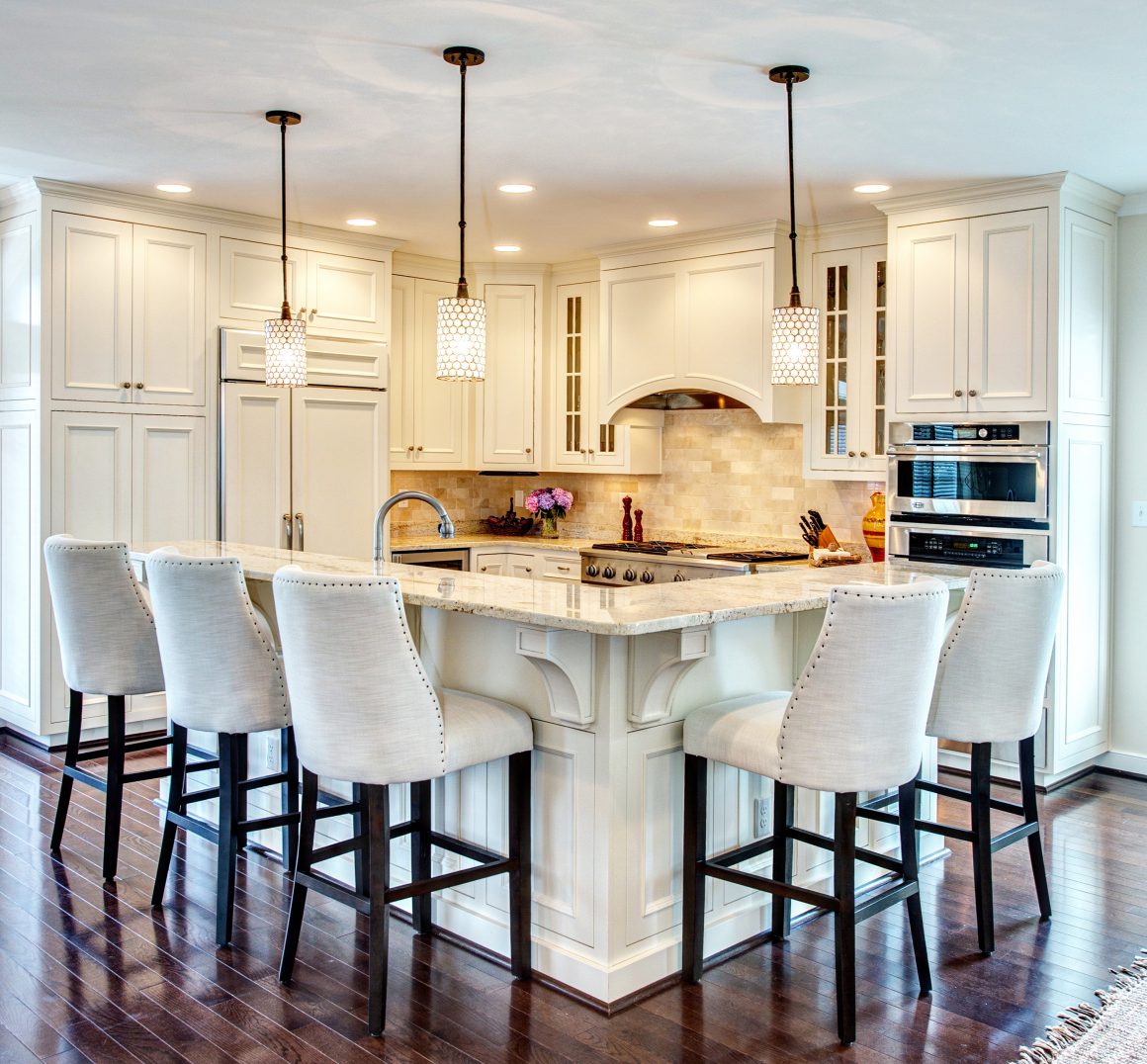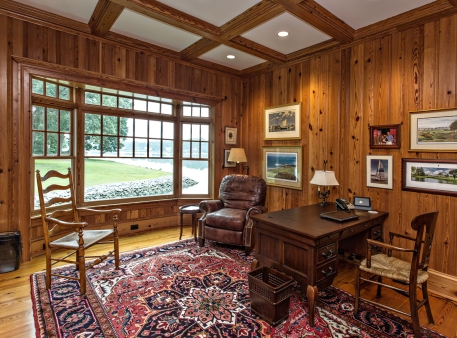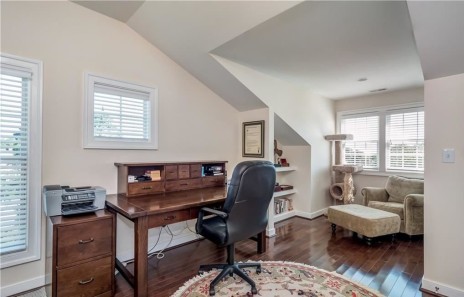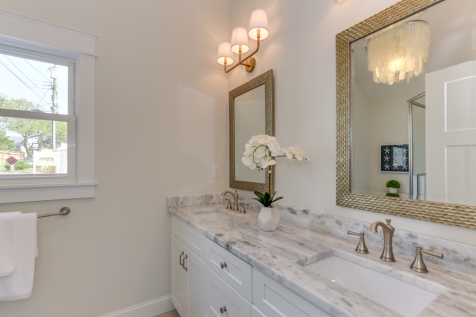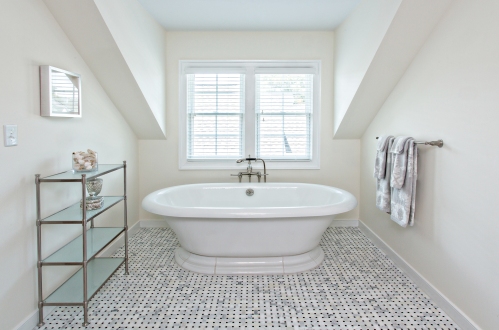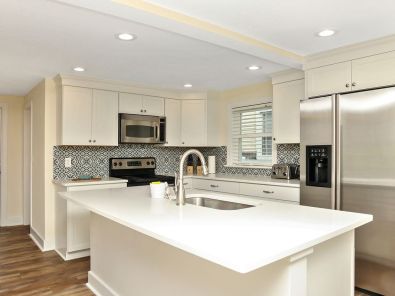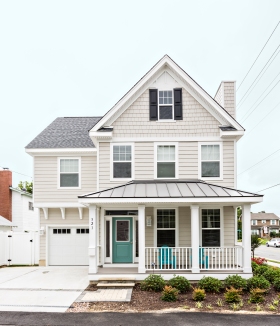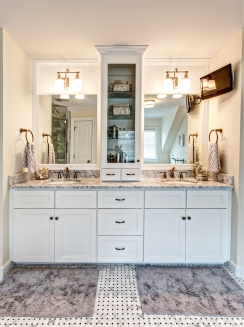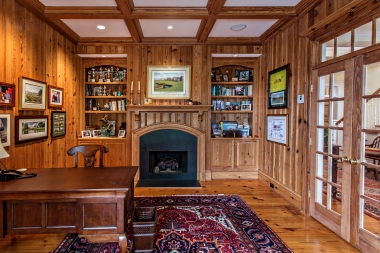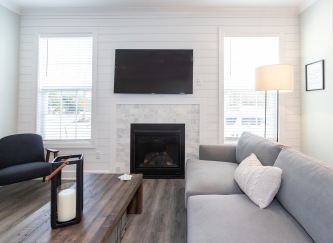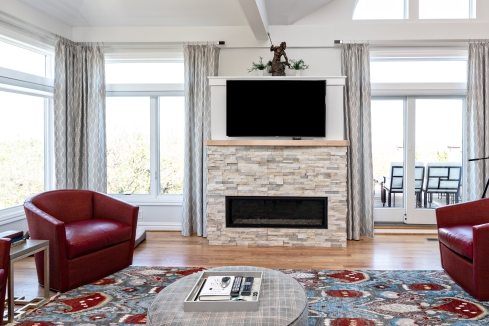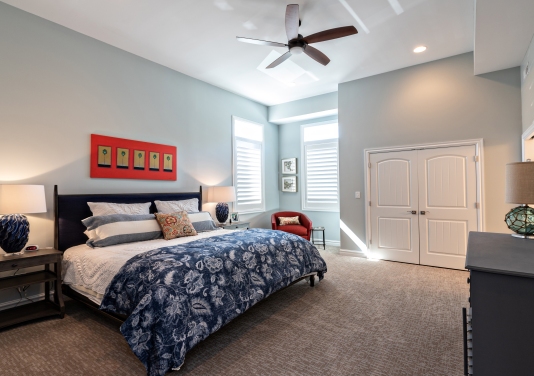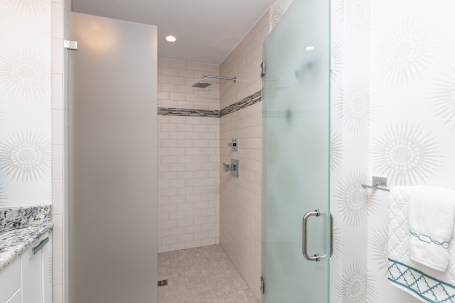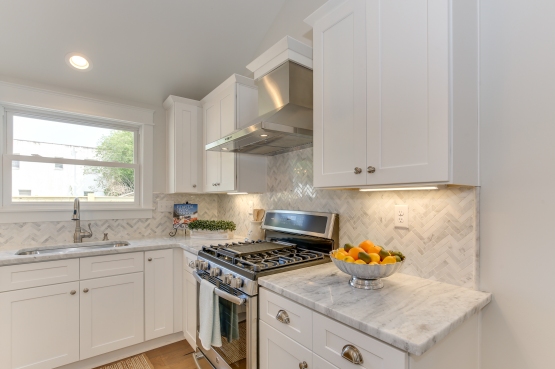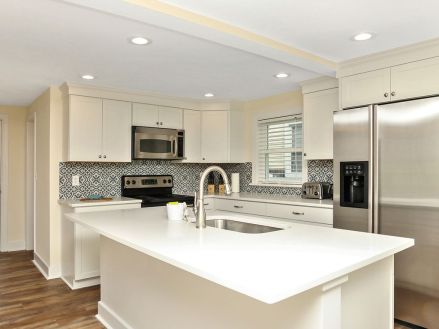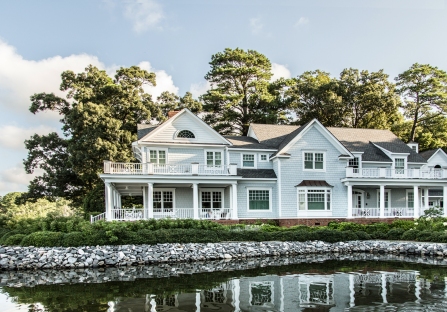With social distancing and al fresca gatherings advisable during these uncertain “Phase II” days, those of us who are fortunate to reside in Coastal Virginia may be rethinking the aesthetics and functionality of our outdoor spaces. Decks and patios open to the sky have their appeal, but they may not be appropriate for all types of entertaining, all types of day, and all types of guests. The sun can be relentless here in the summer months.
But when you think of a covered outdoor space what comes to mind? In all likelihood, it is that southern staple, the covered porch. And they are indeed staples for good reason.
However, there are many other options that may be more suitable to the look or logistics of your home or your lifestyle. Some are easily purchased, some are accessible to DIYers with advanced carpentry skills, and others will likely require the expertise of a contractor or builder.
In the first category are the extra-large patio umbrellas with an arm that extends out over a seating area. To my eye, they lend a hotel vacation vibe that can signal that it’s time to relax. If a motorized retractable awning is within your budget, these fall within the purchase category, as well, but may not be the right look for every home. They do, however, come in a wide range of colors, with the clean-line solids looking quite contemporary and the striped fabric with scalloped edges evoking a bygone era.
In both of the first two categories are sail-shades. Purchased or made, these triangular pieces of sun-blocking fabric need grommets at the corners so that they can be tied to poles, trees, or the side of your home with rope or cord. An advantage is that they can be fairly easily repositioned throughout the year.
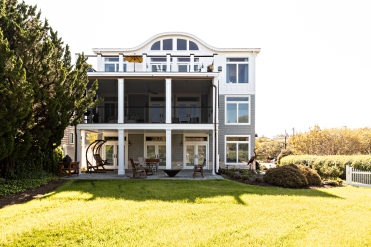
Then there is the filtered shade of the classic pergola with its parallel slats or its cousin, the lattice canopy. Both may be within reach of skilled DIYers or may require professional services. Either may be a stand-alone structure or attached to your home and can cover broad expanses or a small defined area. Both allow some sun to penetrate to the surface below, but do provide a bit of blockage. Growing vines on either of these structures ups their shade-producing properties. Typically lending a garden aesthetic, pergolas and lattice canopies take on more of a Miami-chill vibe with the addition of simple canvas curtains on the sides.
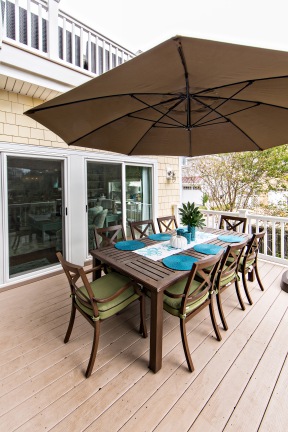
If a tiki-bar vacation vibe is what you seek, you will probably want to hire someone to construct the thatched roof awning of your dreams, perhaps to cover a bar and patio area. The same goes for a gazebo, most often screened, which is a somewhat architecturally complex, octagonal, freestanding structure. These semi-enclosed spaces are typically positioned at some distance from the home to take advantage of sheltered views or farther flung parts of the yard or property.
The expertise of a contractor would surely be desirable if it’s more of a pavilion — typically located over an outdoor kitchen and dining space — that you seek. If you ever wondered from where the name “Ramada Inn” comes, a ramada is another name for a pavilion with a closed roof and open sides.
This new normal in which we find ourselves has created, of necessity, new ways of thinking about virtually everything, including how we can best live safely and contentedly at home, even as we begin to venture out.
Virginia Beach native and JMU graduate, Chris Ettel, is founding partner of VB Homes. Ettel serves on the Tidewater Builders Association board of directors and is past chairman of the TBA Remodeler’s Council.

